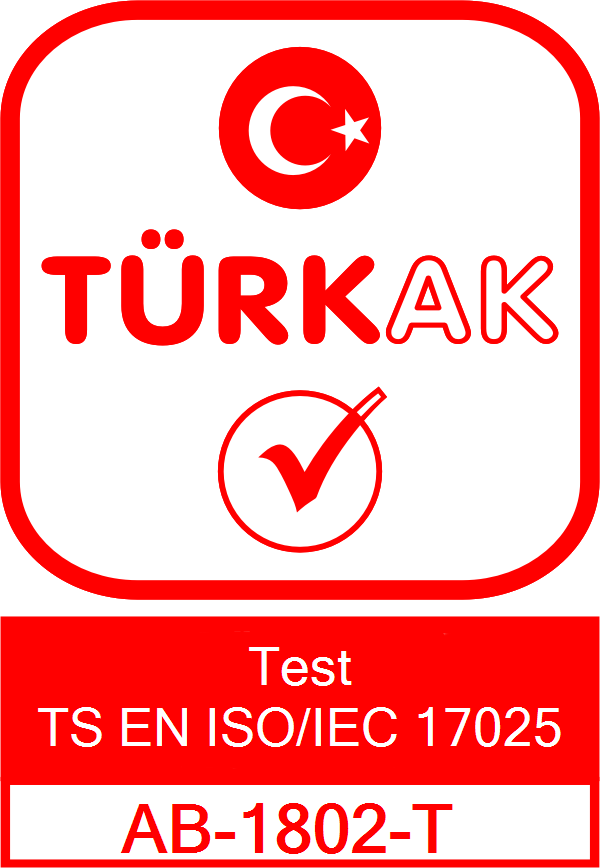Surface Composition Comparison
Surface Composition Comparison
FTIR-ATR Method According to ISO 10993-13 • ISO 10993-12 • ASTM E1252**
1. Why Surface Composition Analysis is Important?
The surface of a medical device is the first part that interacts with the biological environment. Surface chemistry affects:
✔ Biocompatibility
✔ Sterilization impact (EO, gamma, steam)
✔ Aging and oxidation
✔ Polymer structural integrity
2. FTIR-ATR Principle
-
FTIR (Fourier Transform Infrared): Measures molecular vibrations by infrared absorption
-
ATR (Attenuated Total Reflectance): Measures the surface up to 1–2 µm depth without sample destruction
3. ISO 10993-13 – Polymer Degradation Evaluation
| Change Detected | FTIR Band | Significance |
|---|---|---|
| Carbonyl formation | 1700–1740 cm⁻¹ | Oxidation after sterilization |
| Hydrolysis | 3200–3600 cm⁻¹ | Hydrolytic breakdown |
| Ether/Ester groups | 1100–1200 cm⁻¹ | Chemical modification |
4. ISO 10993-12 – Sample Preparation Requirements
-
Clean, intact surface
-
No dust, oils, or detergents
-
ATR crystal material: Diamond/ZnSe/Germanium
-
EO sterilized devices must complete aeration
5. ASTM E1252 – FTIR Spectral Comparison Standard
✔ Spectral correlation and library matching
✔ Reference vs Test sample difference spectra
✔ Correlation values above 0.90 indicate strong similarity
6. Example Comparison
| Sample | Observation (FTIR Band) | Interpretation |
|---|---|---|
| PE (untreated) | Typical C-H stretch (2850/2920 cm⁻¹) | Baseline structure |
| EO sterilized PE | Increase at 1715 cm⁻¹ | Surface oxidation |
| PU vs UV-aged PU | Change in N-H & C-O bands | UV degradation |
7. TTS Laboratory Services Provide:
✔ FTIR-ATR surface chemistry analysis
✔ ISO 10993-13 & 10993-12 compliant procedures
✔ ASTM E1252 spectral comparison reporting
✔ Sterilization & material degradation evaluation
✔ Support for biocompatibility and risk assessment

